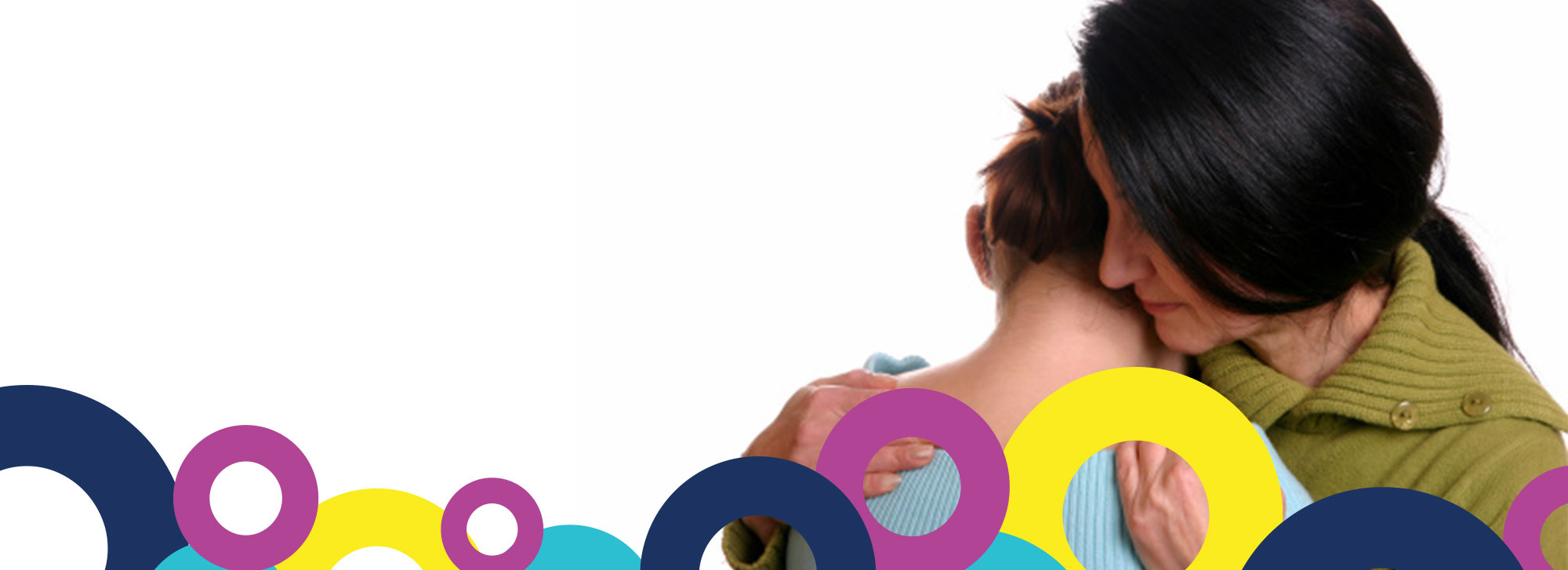Internet Safety
To be safe, erase any record that you have visited the Anova website. If anyone has access to your computer, they will be able to see which websites you have visited unless you erase your tracks.
PC Windows – Internet Explorer
(Before closing the Browser)
Step 1: Select the Tools in the menu bar. Open the Internet Options Dialog Box and select the General Tab.
Step 2: In the Temporary Internet Files, click Delete Files. Check the “Delete all offline content” and click OK.
Step 3: In the History, click Clear History.
Step 4: In Temporary Internet Files, click Delete Cookies and then OK.
Step 5: Click OK to exit the Internet Options Dialog Box.
PC Windows – Mozilla Firefox
(Before closing the Browser)
Step 1: Select the Tools in the menu bar, then select the Options.
Step 2: Click on the “Privacy” Option, with the picture of a padlock.
Step 3: Select the “History” tab. Click on “Clear Browsing History Now”.
Step 4: Select the “Cache” tab. Click on “Clear Cache Now”.
Step 5: Click “OK” to exit the Options dialogue box.
PC Windows
(right click the mouse on the Start at the bottom of the menu bar, select Explore)
Step 1: Select Windows in the C drive.
Step 2: Open the Temporary Internet Files Folders. Select all the files inside this folder and delete.
Step 3: Open the History folder (e.g. c:\windows\history\today in Win 98), select all the files inside this folder and delete.
Step 4: Open the Cookies folder (e.g. c:\windows\cookies in Win 98), select all the files inside this folder and delete.
Step 5: Disable the Auto-Complete in the windows and/or browser options.
Step 6: Finally, after completed the above deletions, you should also empty the recycle bin.
Mac – Safari
(Before closing the Browser)
Step 1: Go to “history” tab on the main menu.
Step 2: Scroll down to “clear history”.
Mac – Firefox
(Before closing the Browser)
Step 1: Go to “preferences” under the “Firefox” tab in main menu.
Step 2: Click on “Privacy” tab then go to the “Private Data” section on the bottom.
Step 3: Click “Clear Now”.
Remember:
When you clear the cache and the history list, you erase ALL information that had been previously stored there. If your partner notices that the cache and history list have been deleted, he or she will realize that you know how to delete your tracks as well as possibly thinking that you have something to hide.
A way to avoid suspicion is after clearing the CACHE and HISTORY LIST spend some time visiting sites that you think your partner wouldn’t object to. This way, the cache and history list start to get filled up and your partner might be less likely to notice that old information is missing.


